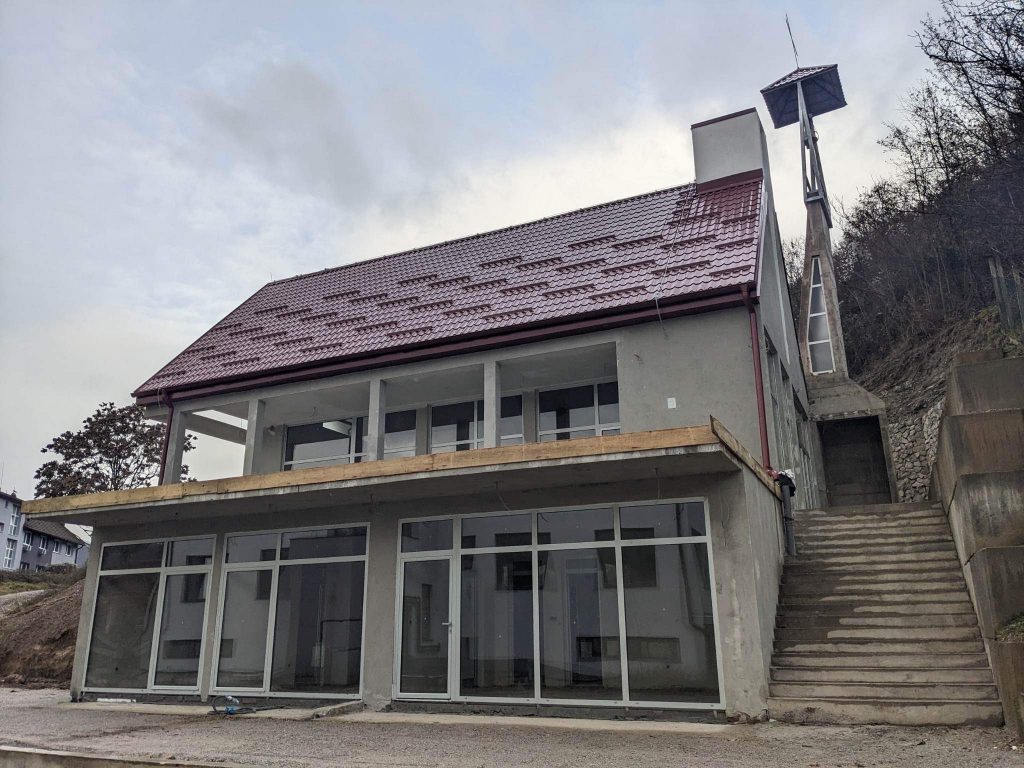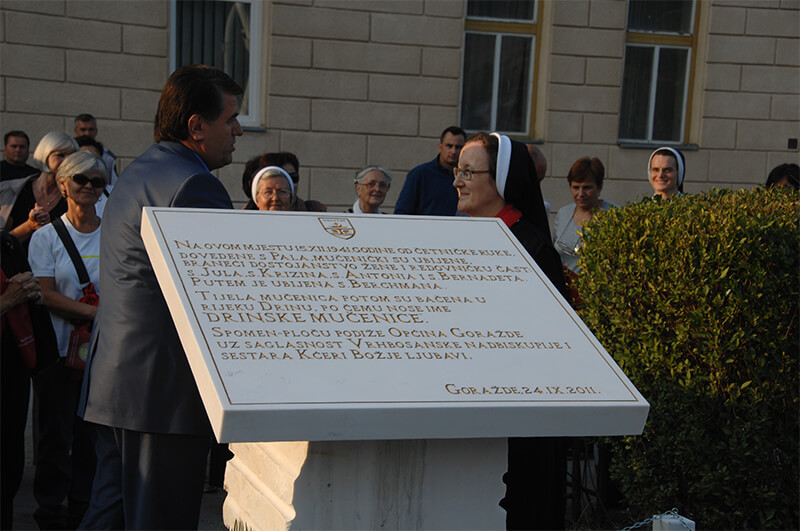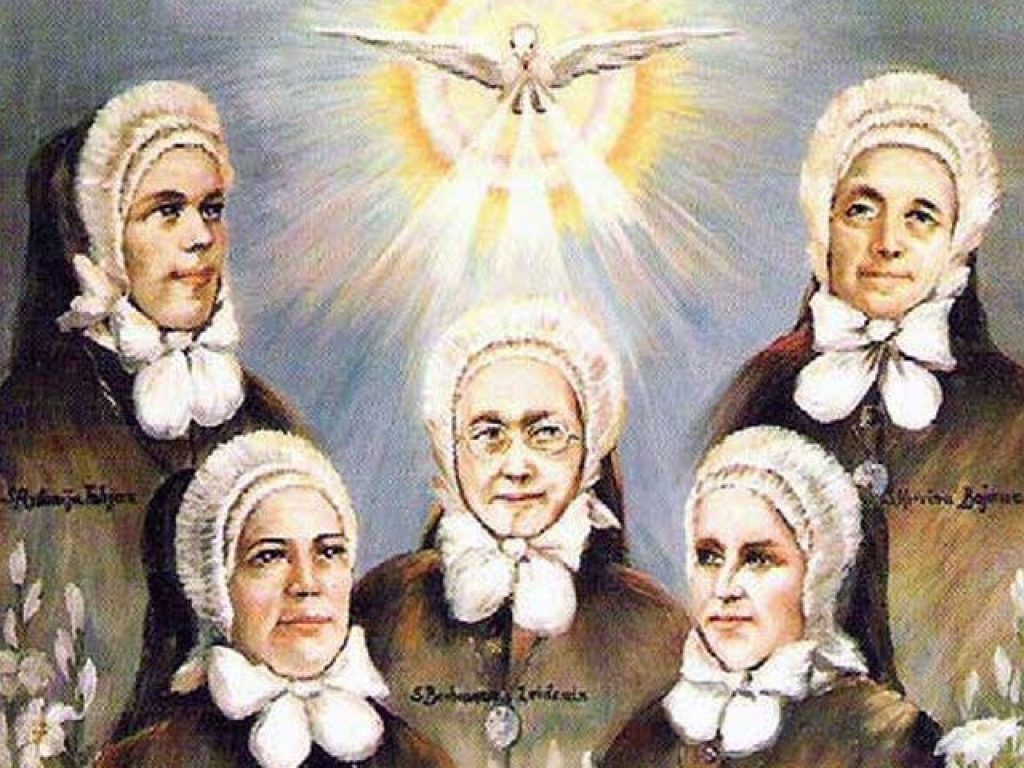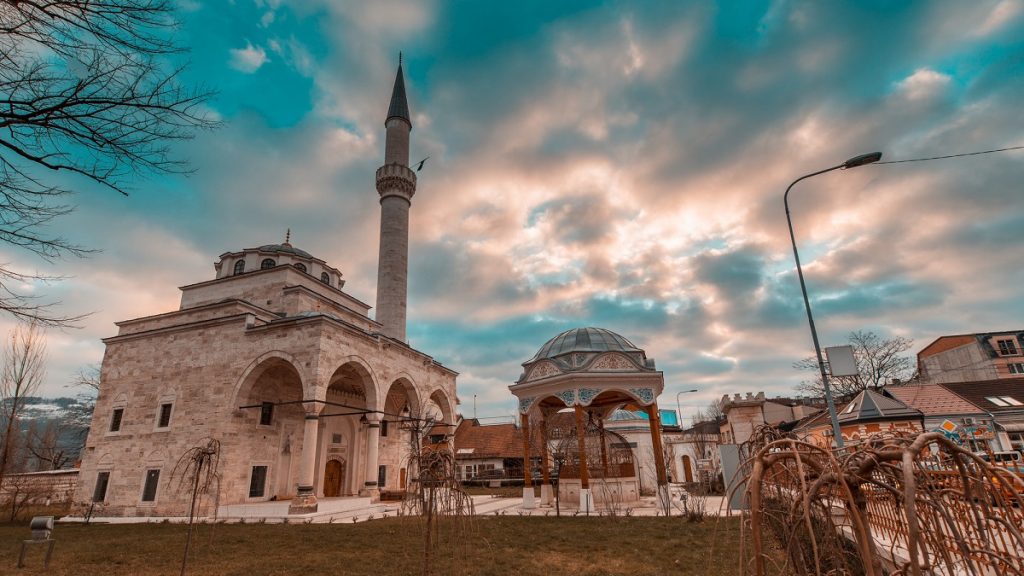Pilgrimage to the sites associated with the Drina Martyrs is a journey that includes a visit to the former monastery “Marijin dom” in Palama near Sarajevo, the memorial dedicated to the Drina Martyrs in Goražde, and the newly built church commemorating their sacrifice. Declared blessed by the Vatican and celebrated by the Catholic Church worldwide, Catholic pilgrims visit Goražde to offer prayers at the place of their martyrdom.

The Daughters of Divine Love, who arrived in Sarajevo in 1882 upon the invitation of Archbishop Dr. Josip Stadler, opened the “Marijin dom” monastery in Palama in 1911. They provided education in the primary school and assisted their neighbors regardless of their faith or ethnicity. During the war in 1941, the following sisters resided in the monastery in Palama: Sister Jula Ivanišević, a Croatian born in Godinjak, Staro Petrovo Selo; Sister Berchmana Leidenix, an Austrian born in Enzerdorf; Sister Krizina Bojanc, a Slovenian born in Zbure, Šmarjeta; Sister Antonija Fabjan, a Slovenian born in Malo Lipje, Hinje; and Sister Bernadeta Banja, a Hungarian Croat born in Veliki Grđevac near Bjelovar. The sisters cared for the sick, baked bread for the children of the State Children’s Home, and helped the poor and beggars from Romanija. On December 11, 1941, Chetniks surrounded “Marijin dom,” looted it, and took all the nuns and other captives into captivity. They were led through the snow, subjected to interrogations and examinations, to Careve Vode and Sjetlina. Sister Berchmana, exhausted from the journey and due to illness and old age, could not continue on through the snow and cold, so she remained in Sjetlina. Later, on December 23, 1941, she was killed.

The other four sisters were taken to Goražde, where they arrived on December 15, 1941. They were accommodated on the upper floor of a military barracks, where they were tortured. The barracks were under the command of Major Jezdimir Dangić. In a drunken state, the Chetniks broke into the rooms where the sisters were staying. In order to preserve their honor, the sisters jumped out of the window, sustaining severe injuries, after which the Chetniks killed them and threw their bodies into the Drina River. Around 8,000 people were thrown into the Drina during those days. The first person to document the crimes was the Slovenian priest Franc Ksaver Meško, who was present in Palama at that time. Several books and articles have been written about these events. Since 2005, January 26th is observed as the Day of Remembrance in Goražde, commemorating the approximately 1,400 victims of Chetnik terror.


